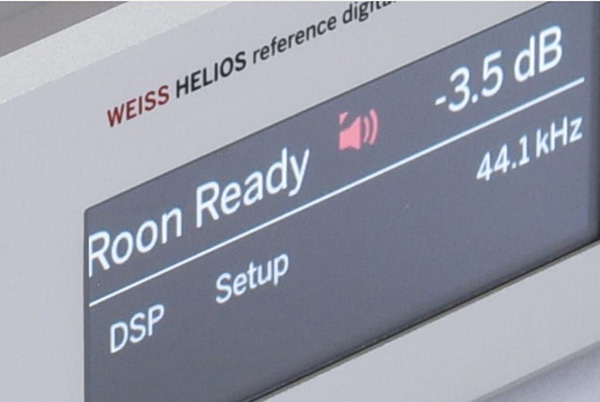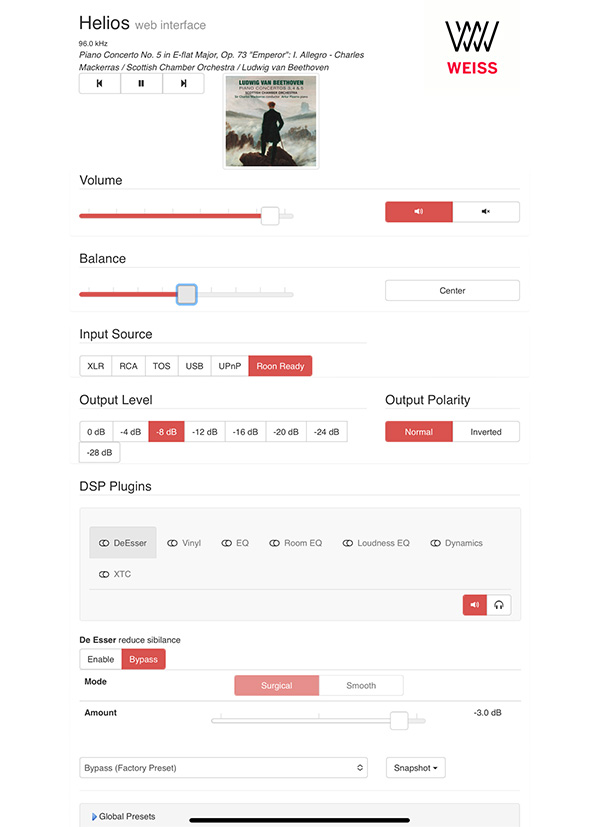| Columns Retired Columns & Blogs |
Wow!!! stunning set of measurements JA, must have a listen to this one.
Direct in to the poweramp/s with this baby, (hope you got to do this with the Halo's JA??), nothing says to me more that active preamps are obsolete and a backward sonic step when used with this dac, like these two sentences of your measurements.
JA: "
"Helios's maximum output level at 1kHz feeding 100k ohms was 16.4V with the level set to "0dB"
"The balanced output impedance was 93.5 ohms at all audio frequencies in both Loudspeaker and Headphone modes; the unbalanced output impedance was 47 ohms in both modes."
Cheers George















































